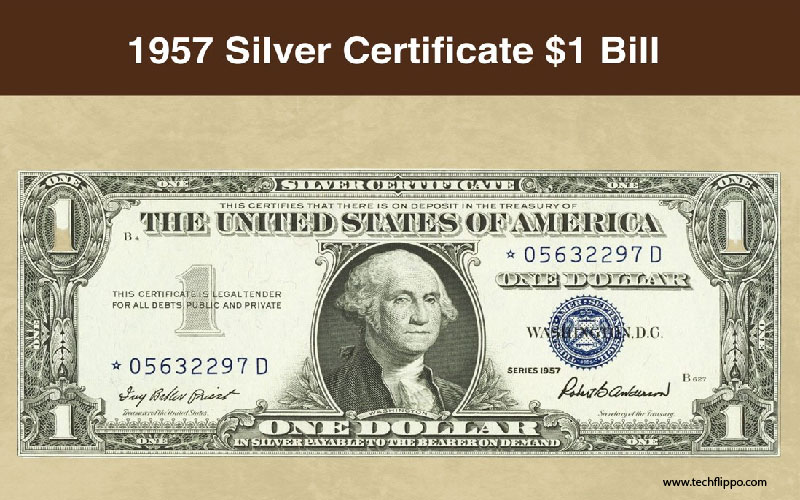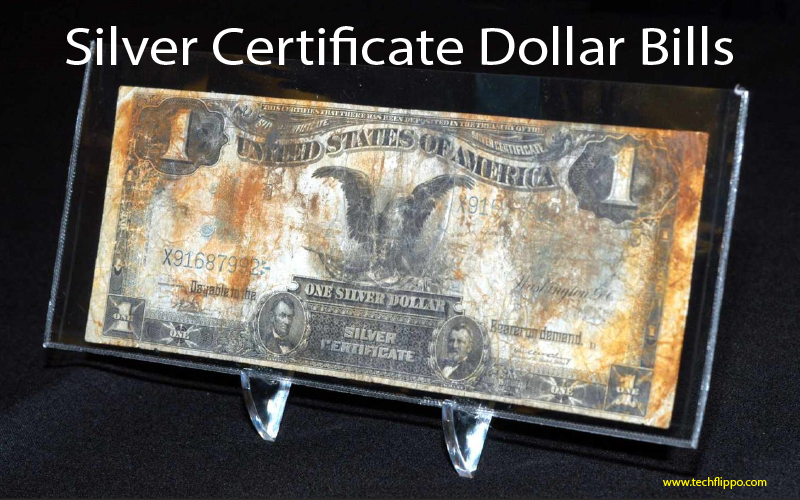The History and Significance of Silver Certificate Dollar Bills
Have you ever held a piece of currency that feels like it carries the weight of history? Silver Certificate Dollar Bills are more than just money; they are tangible links to a fascinating past. These unique bills once represented real silver, and their stories reflect significant economic shifts in American society. From their inception during tumultuous times to their eventual decline amidst modern monetary systems, silver certificates offer insights into our financial heritage. Join us as we unravel the rich tapestry behind these iconic dollar bills and discover why they still capture the imagination of collectors and historians alike.

History of Silver Certificates
Silver certificates have a fascinating history that traces back to the late 19th century. Introduced in 1878, these notes were initially created as a way to represent silver bullion held by the U.
S. Treasury.
Their purpose was simple: they provided an easy means of exchanging silver without needing physical coins. Each certificate could be redeemed for a specific amount of silver, making them popular during times of economic uncertainty.
The design evolved over the years, showcasing iconic imagery like allegorical figures and intricate borders. These features not only enhanced their aesthetic appeal but also served as protection against counterfeiting.
As demand for currency shifted towards gold and paper money, silver certificates gradually lost prominence. However, they remained in circulation until 1964 when they were officially discontinued following changes in monetary policy.
Design and Features of a Silver Certificate
Silver Certificate Dollar Bills are visually striking and distinctly different from regular currency. Their blue ink, which graces both the front and back, is a signature feature that sets them apart.
The obverse typically showcases a portrait of notable figures like George Washington or Martha Washington. This not only highlights American history but also adds an artistic touch to each bill.
Additionally, intricate patterns and detailed engravings adorn these certificates. The decorative elements reflect the craftsmanship of their time, offering collectors a glimpse into historical artistry.
On the reverse side, you’ll find elaborate designs that often include depictions of agriculture or industry. These images symbolize prosperity and progress in America’s economy.
Another defining characteristic is the mention of “This certifies that there has been deposited in the Treasury” followed by specific silver amounts. It provides assurance about its backing with tangible assets, making it unique among paper currencies.
Significance and Importance
Silver Certificate Dollar Bills hold a unique place in American monetary history. They represent a time when the U.
- government backed its currency with tangible assets, specifically silver. This connection to physical precious metals provided citizens with an added sense of security.
These certificates were especially significant during periods of economic uncertainty. People trusted them more than paper money alone because they could be exchanged for actual silver coins or bullion at face value.
Moreover, silver certificates played a role in shaping public perceptions about money and value. They bridged the gap between commodity-based currency and modern fiat systems.
Today, collectors view these bills not just as artifacts but as pieces of history that reflect changing attitudes towards finance and trust in government institutions. The aesthetic appeal, combined with their historical context, makes them highly desirable among numismatists and investors alike.
Collecting and Investing in Silver Certificates
Collecting Silver Certificate Dollar Bills can be an intriguing hobby. Enthusiasts appreciate their historical significance and unique designs. Many collectors focus on specific series or denominations, making the hunt for rare notes exciting.
Investing in these certificates offers more than just a nostalgic appeal. As currency that represents silver backing, they often hold intrinsic value beyond their face amount. Market demand plays a crucial role in determining prices, especially for well-preserved specimens.
Condition is king when it comes to collecting. Notes graded higher by organizations like PMG command premium prices. Collectors should familiarize themselves with grading systems to make informed purchases.
For those looking to invest wisely, understanding trends is vital. Prices can fluctuate based on collector interest and economic factors related to silver itself. Engaging with forums and communities of fellow enthusiasts can provide valuable insights into this niche market.

Controversies Surrounding Silver Certificates
Silver certificates have sparked debates since their inception. One major controversy revolves around their backing by physical silver. Critics argue this creates a false sense of security, leading people to believe these notes are as stable as gold-backed currency.
Another point of contention is the transition from silver certificates to fiat currency. The shift left many collectors feeling disenfranchised, as they viewed silver certificates as tangible investments with intrinsic value tied to precious metals.
Furthermore, there are discussions about counterfeiting issues. As demand for collectible notes grew, so did attempts at producing fake versions. This has led to confusion among collectors and investors alike regarding authenticity and worth.
The legacy of silver certificate dollar bills continues to provoke thought and discussion in numismatic circles today. Their historical significance adds layers to the ongoing conversations surrounding monetary policy and economic stability.
Conclusion
Silver Certificate Dollar Bills are more than just currency; they are a fascinating piece of American history. Each note tells a story, reflecting the economic landscape and cultural shifts of its time. Understanding their significance opens up a world of appreciation for collectors and casual enthusiasts alike.
The journey from their introduction to their eventual decline showcases the evolution of money in America. Their unique design and features set them apart, making them visually striking as well as historically relevant.
For collectors, investing in Silver Certificates can be both rewarding and educational. The varying values based on condition, rarity, and demand create an exciting market for enthusiasts to explore.
However, controversies surrounding these bills highlight the complexities involved in currency production and regulation over time. Discussions about what it means to hold such notes provoke thought about trust in government-backed currencies versus intrinsic value.
Silver Certificates remind us that money is not just about transactions; it’s intertwined with our collective memory. Whether you’re looking to collect or simply appreciate this slice of history, understanding Silver Certificate Dollar Bills enriches your perspective on finance and heritage alike.